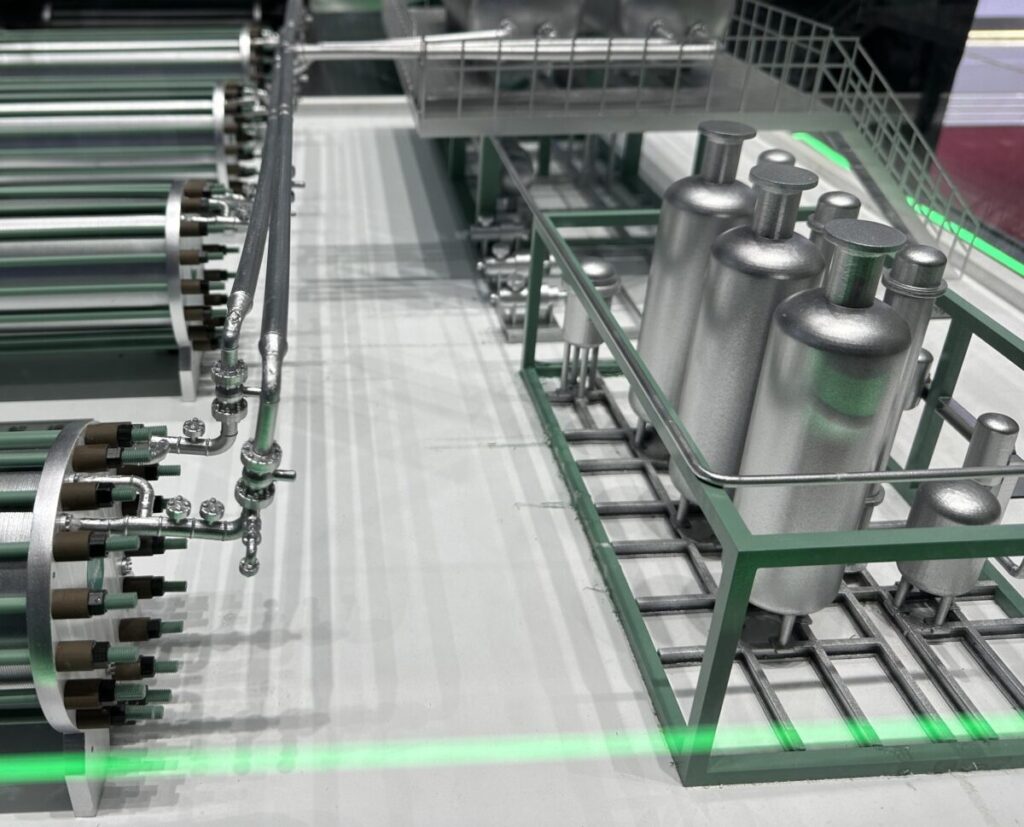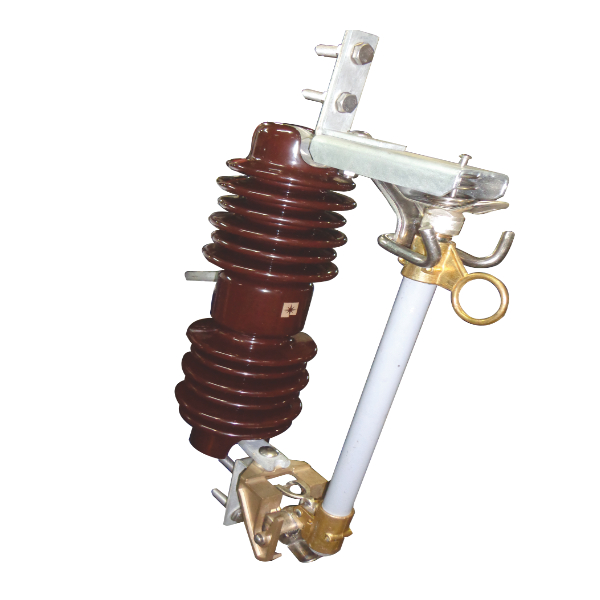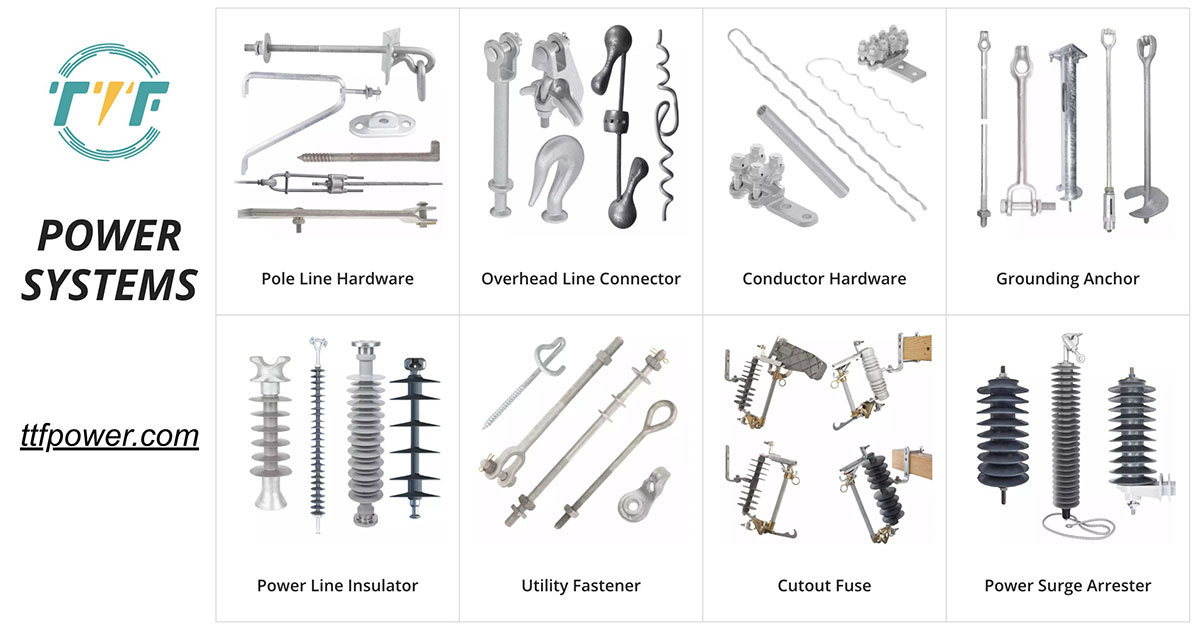
Green hydrogen is a crucial source of energy in Chile’s energy sector. Chile is emerging as a global leader in green hydrogen production. This is due to its unique natural advantages and ambitious government policies. Green hydrogen is produced through the electrolysis of water using renewable energy. Chile’s Atacama Desert has abundant solar resources, making it ideal for large-scale solar PV projects. Southern Chile, Magallanes region, has wind resources perfect for wind energy generation. Ignis Energy, a Spanish company, has announced the suspension and resizing of its green hydrogen and ammonia projects in Chile. This is due to a global slowdown in the hydrogen sector. The project is under a comprehensive review to reassess its size, land use, and potential sites. Green hydrogen production projects in Chile need protective devices like a drop-out cutout fuses.
A high-quality drop-out cutout fuse helps ensure the reliability and safety of power supply to hydrogen electrolyzers. The electrolyzers need stable and high-voltage electricity to split water into hydrogen and oxygen. The fuses help protect the systems from overcurrent faults, preventing damage to transformers, rectifiers, and other power conversion equipment. The drop-out cutout fuse prevents overheating and potential fires. This is crucial for large-scale hydrogen facilities with flammable gases. The fuses also protect against voltage surges from intermittent renewable sources to ensure stable electricity for electrolysis.
The roles of drop-out cutout fuses in green hydrogen production
The drop-out cutout fuses play a crucial role in electrical systems, including those used in green hydrogen facilities. These components are crucial for ensuring the safety, reliability, and efficiency of the electrical infrastructure powering electrolyzers. A drop-out cutout fuse is a protective device used in electrical distribution systems. Their roles in green hydrogen production include protection of renewable energy systems, safeguarding electrolyzers, enhancing grid stability, safety for maintenance and operations, and supporting scalability.
Opportunities for innovation in green hydrogen in Chile
Chile has an ambitious green hydrogen strategy combined with its unparalleled renewable energy resources. There are various innovations, including advanced electrolyzer technologies, smart grid solutions, and drop-out cutout fuses. These technologies provide opportunities to drive efficiency, reduce costs, and enhance sustainability. Chile can solidify its position as a global leader in green hydrogen production and export. This contributes to the global energy transition and achieving its decarbonization goals. Here are the opportunities for innovation in green hydrogen in Chile.

- Advanced electrolyzer technologies—innovation in electrolyzers can reduce costs and improve efficiency. The opportunities include high-efficiency electrolyzers, durability in harsh conditions, and modular and scalable systems.
- Renewable energy integration – green hydrogen production relies on renewable energy. Innovations in energy integration can optimize the use of solar and wind resources. The opportunities include hybrid renewable systems, smart grid solutions, and direct coupling.
- Energy storage and hydrogen transport—innovation in storing and transporting hydrogen can unlock new opportunities. These include hydrogen storage solutions, ammonia as a carrier, and pipeline infrastructure.
- Smart electrical protection systems—drop-out cutout fuses ensure the safety and reliability of green hydrogen facilities. Innovations in this area can enhance performance and reduce downtime. Integrating sensors and IoT technology into cutout fuses can enable real-time monitoring, predictive maintenance, and remote operation.
The role of international partnerships in green hydrogen production in Chile
International partnerships play a crucial role in advancing green hydrogen efforts globally. The country aims to become a major producer and exporter of green hydrogen. The partnerships ease knowledge sharing, technology transfer, investment, and market development. Discussed below are the roles of international partnerships in green hydrogen efforts in Chile.

- Technology transfer and innovation—green hydrogen depends on advanced technologies such as high-efficiency electrolyzers, renewable energy integration systems, and hydrogen storage solutions. Partnerships provide collaborative research and development and technology transfer.
- Investment and financing—international partnerships can help mobilize the necessary funding. They are crucial in blended finance models and foreign direct investment.
- Market development and export opportunities—international partnerships are crucial for developing export markets and establishing trade relationships. Its opportunities include offtake agreements, trade agreements, certification, and standards. This helps ensure transparency and build trust among buyers.
- Infrastructure development—building infrastructure needed for green hydrogen production, storage, and export is a major challenge. Countries can collaborate on developing shared infrastructure such as hydrogen pipelines, ports, and shipping facilities.
